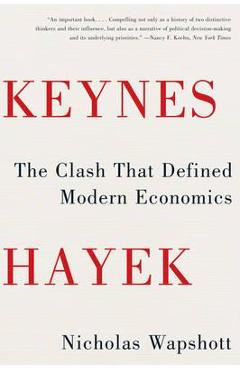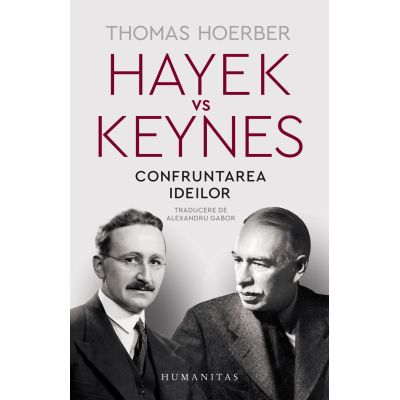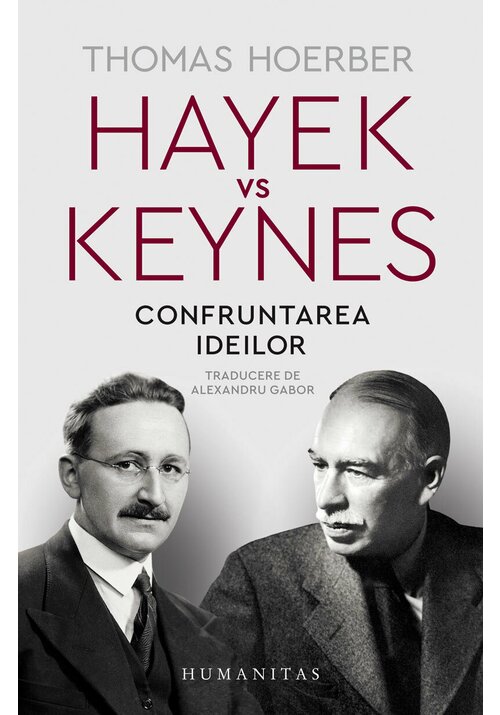Keynes Hayek

Detalii Keynes Hayek
libris.ro
114.17 Lei
126.85 Lei
Business & Economics
Nicholas Wapshott
Keynes Hayek - Disponibil la libris.ro
Pe YEO găsești Keynes Hayek de la Nicholas Wapshott, în categoria Business & Economics.
Indiferent de nevoile tale, Keynes Hayek din categoria Business & Economics îți poate aduce un echilibru perfect între calitate și preț, cu avantaje practice și moderne.
Preț: 114.17 Lei
Caracteristicile produsului Keynes Hayek
- Brand: Nicholas Wapshott
- Categoria: Business & Economics
- Magazin: libris.ro
- Ultima actualizare: 28-10-2025 01:22:05
Comandă Keynes Hayek Online, Simplu și Rapid
Prin intermediul platformei YEO, poți comanda Keynes Hayek de la libris.ro rapid și în siguranță. Bucură-te de o experiență de cumpărături online optimizată și descoperă cele mai bune oferte actualizate constant.
Descriere magazin:
As the stock market crash of 1929 plunged the world into turmoil, two men emerged with competing claims on how to restore balance to economies gone awry. John Maynard Keynes, the mercurial Cambridge economist, believed that government had a duty to spend when others would not. He met his opposite in a little-known Austrian economics professor, Freidrich Hayek, who considered attempts to intervene both pointless and potentially dangerous. The battle lines thus drawn, Keynesian economics would dominate for decades and coincide with an era of unprecedented prosperity, but conservative economists and political leaders would eventually embrace and execute Hayek\'s contrary vision. From their first face-to-face encounter to the heated arguments between their ardent disciples, Nicholas Wapshott here unearths the contemporary relevance of Keynes and Hayek, as present-day arguments over the virtues of the free market and government intervention rage with the same ferocity as they did in the 1930s.

Produse asemănătoare

Hayek vs Keynes. Confruntarea ideilor - Thomas Hoerber
![]() grupdzc.ro
grupdzc.ro
Actualizat in 28/10/2025
44.57 Lei

Hayek Vs Keynes: A Battle of Ideas, Hardcover/Thomas Hoerber
![]() elefant.ro
elefant.ro
Actualizat in 28/10/2025
180.99 Lei


